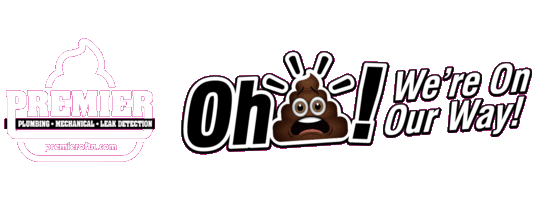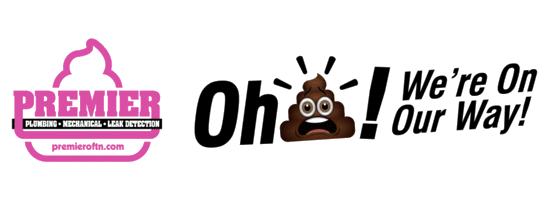It’s a sight no one likes to see. Whether it’s in your shower or kitchen sink, water bubbling up instead of down is never good. Unfortunately, at that point, the problem has become so serious that you are no longer able to use that drain, causing a severe disruption to your life until the problem is resolved.
That said, there are a few other things you can look out for if you suspect your drain might be getting clogged.
Signs of a Clogged Drain
The first sign is when water starts to drain more slowly, gathering in small pools in your sink or tub. At this juncture, you can examine the drain for clumps of hair or bits of food that might be caught in the opening. After removing these obstructions, try running the water again. If the problem persists, there’s likely a small clog forming further down in the pipes.
Another sign is a foul odor emanating from the drain. A bad smell is a clear sign that there is something stuck in your pipes that is rotting or becoming mildewy. This kind of clog is an immediate cause for concern, as it is likely to grow only worse as time goes on.
Finally, puddles of water around the area, such as on the bathroom floor or in the laundry area, could also be a sign of clogs. The excess pressure building up in the pipes can cause problems with leaking or force water to overflow out the drain.
What To Do With a Clogged Drain
If the clog seems minor, there are a few things you can try to clear it. The first step, as indicated above, is to clear any visible buildup from the mouth of the drain. Hair, soap, grease, and other such things can form an obstruction in the drain stopper. Make sure you’ve removed all this and confirmed the blockage is still present before proceeding.
Another thing you can try is using a plunger. For best results, run water so that there are a couple of inches present before you start applying pressure with the plunger. By forcing the water through the pipe, you might be able to successfully break apart the clog. Attempt to use the plunger several times before testing the drain, as it may take a few tries to get the right amount of pressure.
Finally, you can attempt to use a plumbing snake. This is a long, thin tool that you can insert into the pipes to clear a clog. As the coils travel further down, the hope is that they will snag onto the blockage, dislodging it entirely.
Time To Call a Professional
If all else fails, you might be tempted to try a chemical drain cleaner. Unfortunately, drain cleaners can end up doing more harm than good in the long run. The chemical processes involved in dissolving the clog can damage your pipes, increasing the likelihood of severe leaks, which could be very costly to repair.
Instead of risking additional harm, consider requesting assistance from an experienced plumber who can take care of your clogged drains in a timely, professional manner. At Premier Plumbing & Mechanical, we have the right tools and knowledge to get the job done. Call today for a free estimate.


